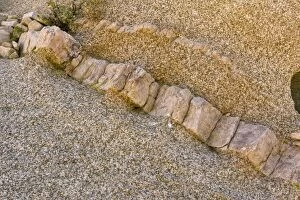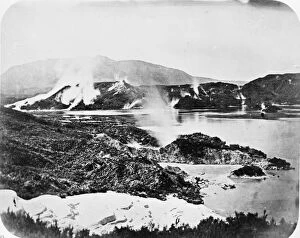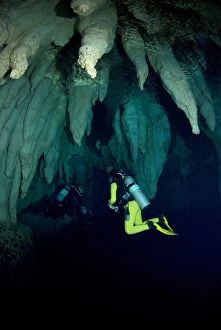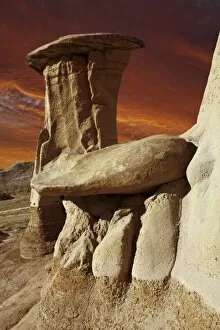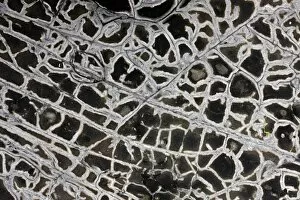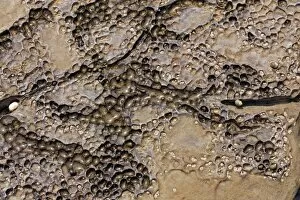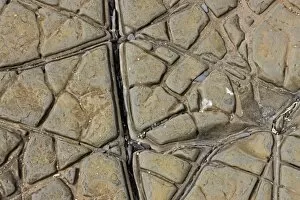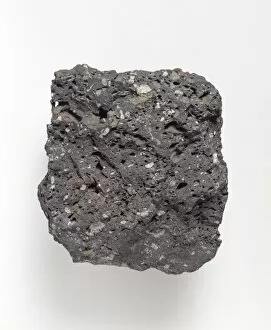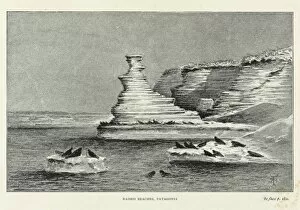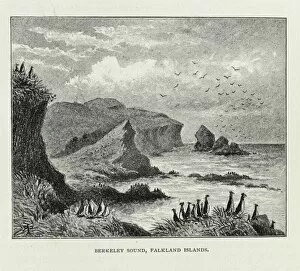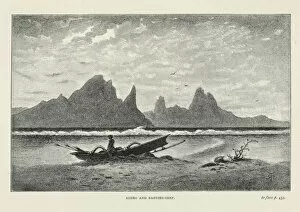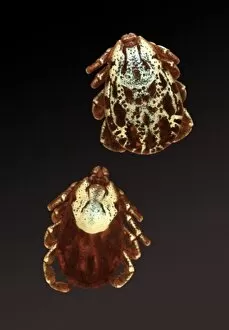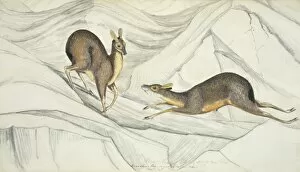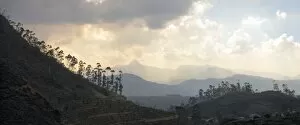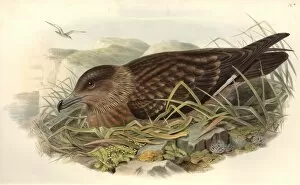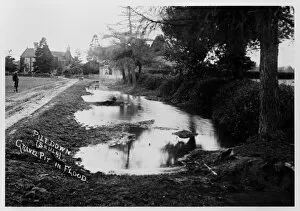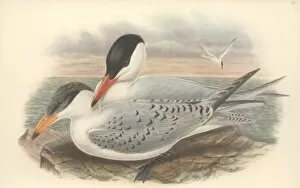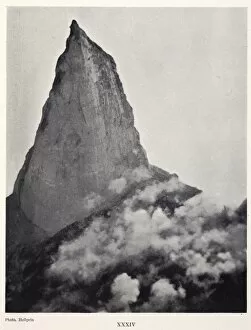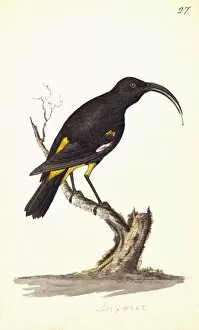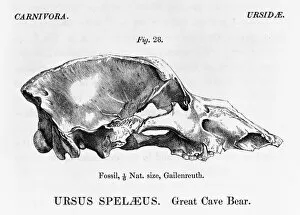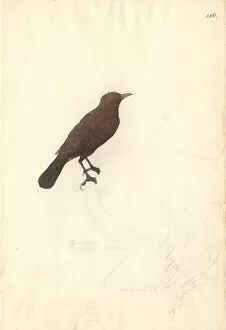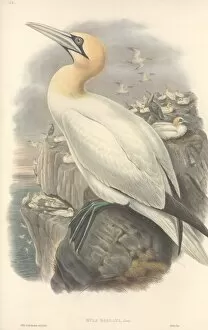Geomorphology Collection (#9)
"Exploring the Dynamic World of Geomorphology: From Malham Cove to Bedruthan Steps" Embark on a captivating journey through the fascinating realm of geomorphology
For sale as Licensed Images
Choose your image, Select your licence and Download the media
"Exploring the Dynamic World of Geomorphology: From Malham Cove to Bedruthan Steps" Embark on a captivating journey through the fascinating realm of geomorphology, where nature's artistic hand has sculpted breathtaking landscapes across continents. Witness the majestic beauty of Malham Cove in Yorkshire Dales, as its limestone cliffs stand tall against the backdrop of an azure sky. Soar high above Dalyan in Anatolia, Turkey, and marvel at an aerial view that unveils the intricate tapestry woven by nature over millennia. The geological unconformity on the river Jed reveals layers upon layers of Earth's history, inviting us to unravel its secrets. Transport yourself into a scene from Wealden Times, where time seems suspended amidst rolling hills and lush valleys. Explore how plants adapt and thrive at various altitudes, painting vibrant hues across mountainsides with their resilience. Delve into our ancient past as you encounter a Neanderthal spear point – a testament to human ingenuity dating back thousands of years. Behold Pinguinus impennis, the great auk that once graced our shores but now exists only in memories and museum displays. Step into a prehistoric world within a coal forest diorama; let your imagination run wild as towering trees sway gently in an era long gone. Be awestruck by Bedruthan Steps' dramatic rock formations along Cornwall's coastline – nature's masterpiece carved by wind and waves. Join Humboldt and his party on their botanical expedition as they collect plant specimens from around the globe. Discover Magnolia virginiana's delicate blooms adorning North American sweet bays – nature's gift to enchant our senses. Lastly, encounter Australopithecus afarensis - one of our earliest ancestors who walked this Earth millions of years ago - reminding us that we are part of an extraordinary lineage shaped by geological forces throughout time.

